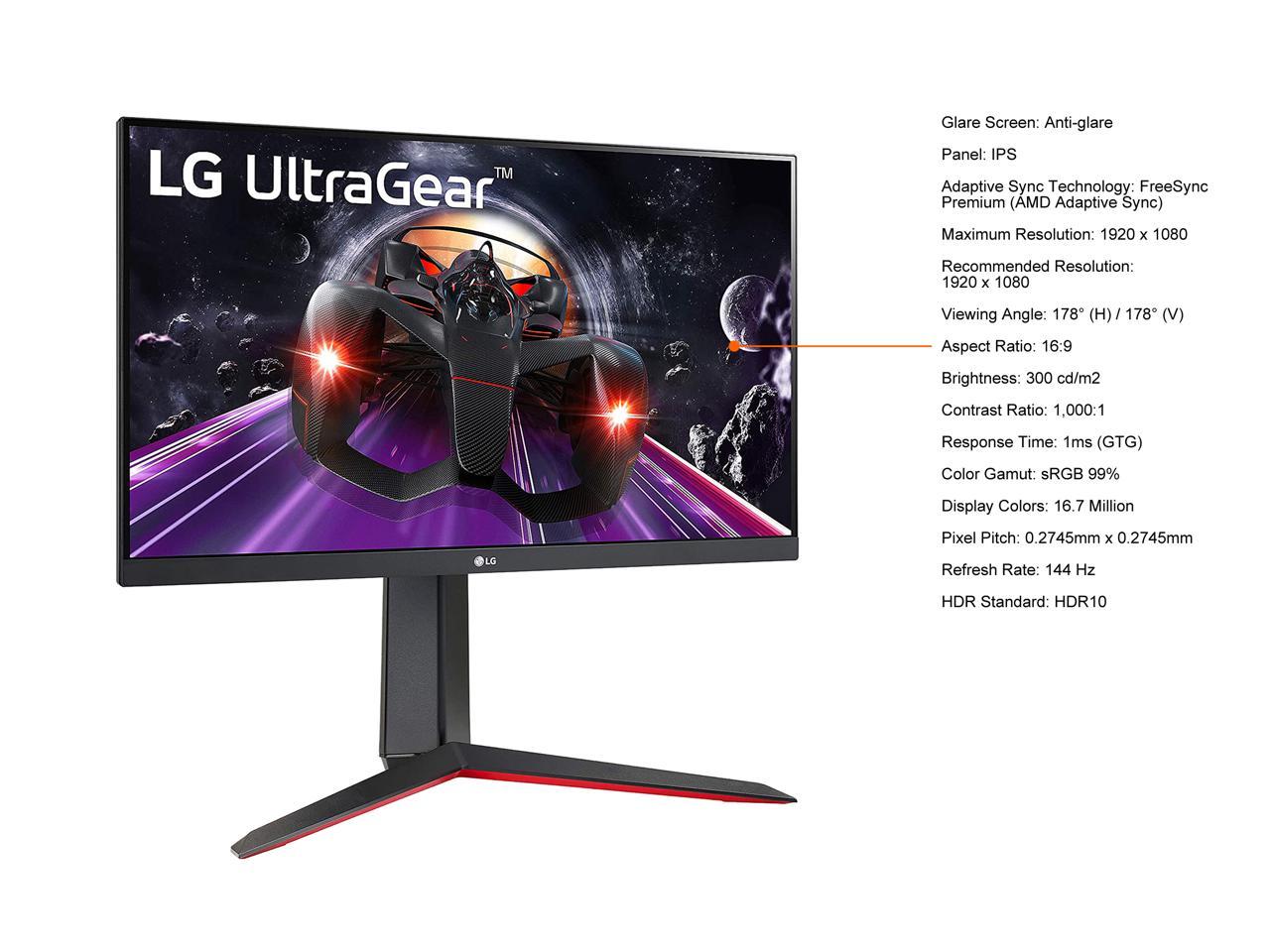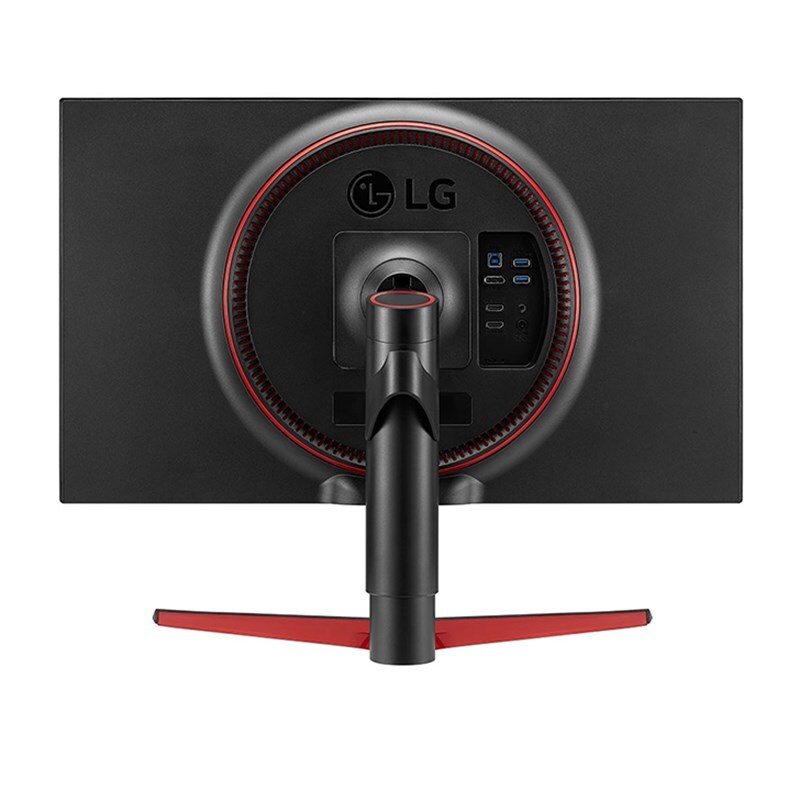


In HDR, bright highlights can be 1,000 nits or more, depending on the capabilities of your TV.

Its main purpose is, as its name suggests, to create a higher dynamic range-that is, a bigger gap between the dark parts of a scene and the bright parts. Most modern LCD TVs, however, are capable of putting out 300 nits or more when playing that SDR content, so if you're in a brightly lit room, you can just crank up the backlight, which lifts the brightness of everything in the picture-from dark shadows to bright highlights. The movies and shows you've been watching for years were mastered in what we now call standard dynamic range, or SDR-and it's actually quite dim, mastered with peak brightness levels of only about 100 nits.


 0 kommentar(er)
0 kommentar(er)
